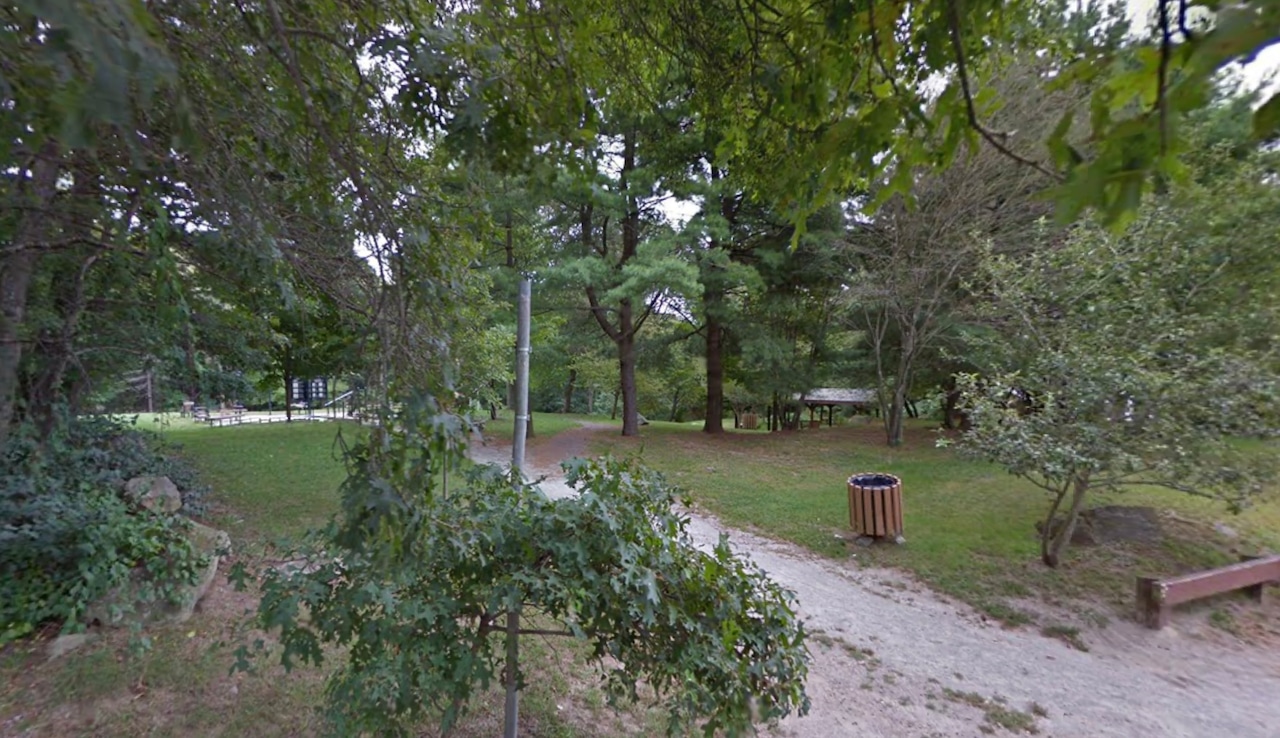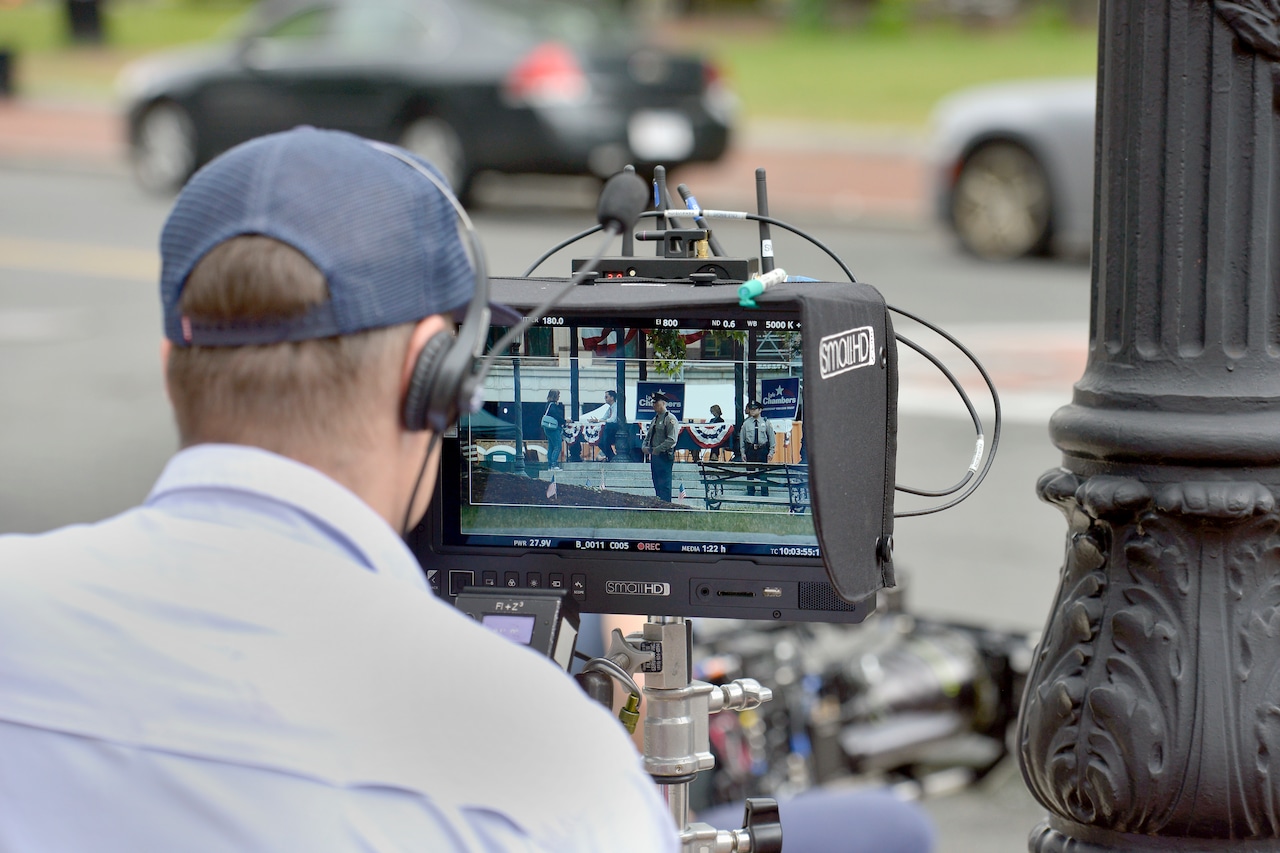
BALTIMORE — The numbers are staggering.
Through Friday — the Red Sox’ 26th game since the All-Star break — basically every metric one could find ranked Boston’s pitching staff as among the worst — or the worst — in baseball. The club’s ERA (6.10) ranked 30th out of 30 teams while the Sox led the league in hits allowed (274) and opponent average (.287). The Red Sox have allowed a league-high 182 runs, way more than the next two teams on the list (Texas and Washington, who are tied at 151), and 55 homers, which was 12 more than the Rangers (ranking 29th at 43).
So what’s going on? Is the rest of the league catching up to Andrew Bailey’s philosophy, which worked so well in the first half? Did Craig Breslow not assemble enough talent on the staff? Or is it wear and tear, four months into a long season?
On Saturday at Camden Yards, both Breslow and Bailey pointed to a lack of simple execution.
“We’re obviously struggling to consistently get outs, keep the ball in the park and limit damage, things we were really good at in the first half,” said Breslow. “I think there are some things we can point to in terms of execution. There’s probably some positive regression on the way but I don’t want to just leave it up to that. Our guys are working really hard. Andrew (Bailey) and the rest of us are having conversations daily on things we can do. We want to not be too reactive to things we think we think are going to stabilize but at the same time, don’t want to ignore some of the trends we’ve noticed.
“It all comes down to execution,” said Bailey. “You look at the pitches we’re giving up damage on and we can live with some of them, but when push comes to shove, we’ve got to be able to execute our pitches. The spin in zone getting down and in to lefties and down and in to righties, they’ve got to clear it through and execute our pitches. We haven’t been able to reach two-strike counts. Teams have been swinging on us and the ball’s in play. That’s OK, we’ll live with those. We’ve got to be able to generate swing-and-miss but ultimately, execute and limit non-competitive misses.”
Since Breslow took over and hired his good friend, Bailey, to oversee the major league pitching staff, the club’s philosophy has been a simple one, with a goal for pitchers to throw their nastiest pitches in the strike zone as much as possible. It was clear from Day 1 in Seattle that throwing strikes was a requirement, as was ditching fastball-heavy repertoires in an effort to throw effective breaking balls more often. The staff was dominant in March and April and serviceable through the middle of the season. The last month, however, has been a different story as the Sox have slumped to an 11-15 record out of the break.
Does a zone-heavy approach make less sense when pitchers have diminished stuff this late and the season? Yes and no, said Breslow.
“It certainly can be (a factor),” he said. “We’re very mindful of what the raw stuff is looking like now relative to what it was earlier in the season. In some cases, it’s diminished. In some cases, it’s not. But it’s true that a plus breaking ball has a better chance to get an out in the zone than an average breaking ball. At the same time, we need to make sure we’re not shying away from attacking the strike zone and then damage is coming with guys on base. There’s a balance to navigate here. We have to keep working at it.
“We’re in the zone at roughly the same rate that we had been early in the season. Our mistakes are getting punished. Some of our misses have been non-competitive as opposed to on the margins of the plate. Teams and hitters individually are picking up on that. We need to go back to making sure we’re throwing our best stuff in the zone and our misses are competitive.”
Boston’s bullpen has been a particular source of angst since the break. As of Saturday evening, the bullpen had a league-worst 7.19 ERA since the break while allowing more than two homers per nine innings. Those issues, which first arose in July once Justin Slaten and Chris Martin went down with elbow issues and others like Brennan Bernardino, Zack Kelly and Josh Winckowski started struggling, led Breslow to acquire two reinforcements (Lucas Sims and Luis García) on July 30. Sims has been better than his 6.43 ERA in seven outings with the Red Sox would suggest. García has had a disastrous first few weeks in a Red Sox uniform, posting a 14.09 ERA thanks to 12 earned runs on 16 hits (4 homers) in 7⅔ innings.
“Sims, outside of one outing, has been consistently pretty good,” said Breslow. “It’s pretty clear why he was attractive given his ability to spin the ball, get swings and misses and throw multiple breaking balls in the zone. He has a fastball that you have to respect. With García, it has obviously been a tough go lately. He was throwing the ball exceptionally well when we got him. Was keeping the ball on the ground, was limiting the damage and we haven’t seen that yet. I think there’s some usage stuff we’ve picked up on. He’s attacking the strike zone but we’ve got to minimize hard contact. I think there’s a few ways we can approach that.”
Boston’s starters have shown recent improvement with Kutter Crawford, Tanner Houck and Brayan Bello all posting better results lately than they had during prolonged periods of struggle. The club’s rotation depth is running short with James Paxton likely lost for the rest of the season due to a calf tear; Cooper Criswell, recently signed Rich Hill and Triple-A options like Quinn Priester and Richard Fitts could all be in the mix down the stretch.
The Red Sox certainly can’t afford another rotation injury with Crawford, Houck and others having massive workloads so far. But the organization doesn’t seem to think wear and tear has played a massive role in the issues of late.
“It’s a really long season,” Bailey said. “We go through pockets of time where physically, mentally and emotionally, it’s a grind. No doubt about it. It’s a grind right now. But the boys are resilient and they’re ready to work every single day. There’s no reason why our starters can’t continue to go out there every fifth day, our bullpen be able to be available as often as they are, and continue to make our pitches.
“From a workload standpoint, there’s no signal that we can’t continue to push starters as we are and rely on the bullpen.”
Bailey acknowledged there have been some long nights lately as he talks with bullpen coach Kevin Walker, director of pitching Justin Willard, Breslow and others about ways to fix the problems fast. Luckily for the Red Sox, the offense has been on fire since the break, like in Friday’s 12-10 win over Baltimore, allowing for the club to keep bobbing its head above water despite the destruction being felt on the mound.
“I just tell (hitting coach) Pete (Fatse) to continue to score more than they do and we’ll be alright,” Bailey joked. “It has been fun to watch. Being a player in the Red Sox organization and now coaching, Boston has always banged. The identity is slug. It has been fun to watch. They’ve been carrying us, no doubt about it.
“It’s a team game. I was joking with some of the staff the other day. A lot of times you’re looking for the offense and pitching to sink up. We’re just looking for starters and relievers to sync up.”






